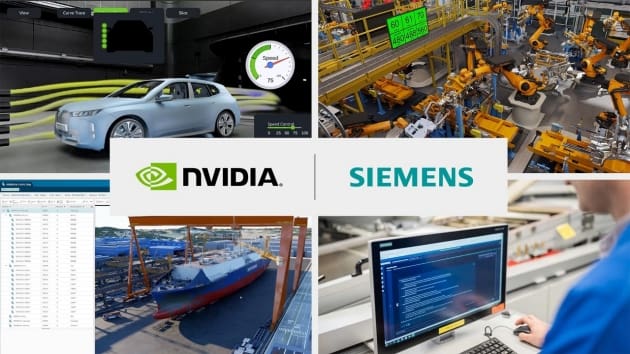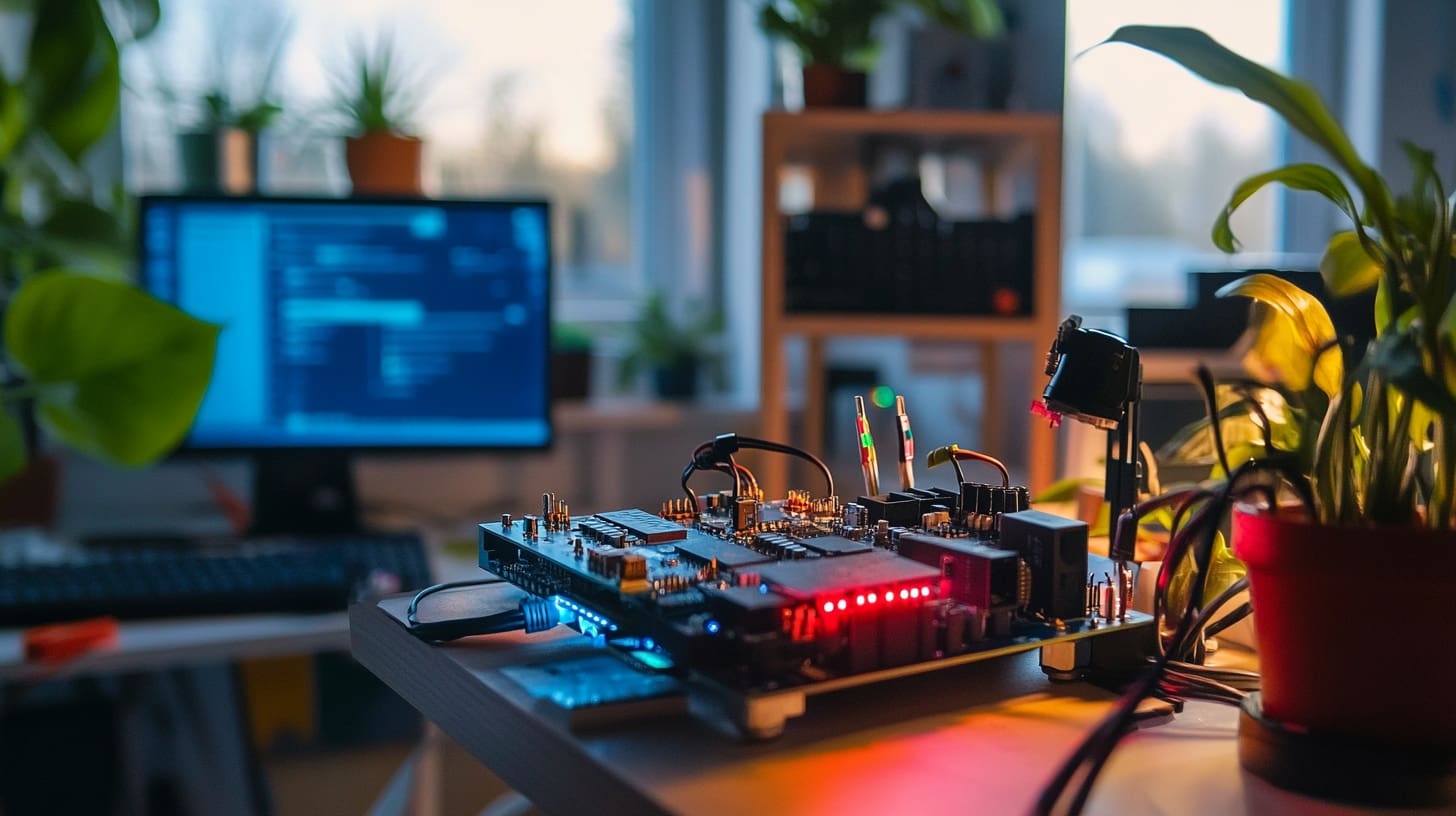Robotics involves the design, construction, operation, and use of robots for various applications across industries like manufacturing, healthcare, automotive, and more. The integration of 3D printing technology into robotics has revolutionized how robots are designed, developed, and deployed. This fusion allows for rapid prototyping, customization, and the creation of complex parts that are often too intricate for traditional manufacturing methods. As a result, 3D printing is accelerating innovation in robotics, making it faster and more cost-effective to bring advanced robotic solutions to market.
The Emergence of 3D Printing in Robotics
Originally utilized for prototyping in various industries, 3D printing has expanded its application into robotics as a primary method for producing functional parts and complete robotic systems. The technology enables the creation of lightweight, strong components with complex geometries that enhance robotic performance and functionality. As 3D printing technologies have evolved, they have enabled more sophisticated applications, including the direct printing of integrated mechanical, electronic, and biomimetic systems.

Advantages of 3D Printing in Robotics
Customization and Flexibility: 3D printing allows for the customization of robotic parts to fit specific applications, whether modifying a gripper to handle different materials or adjusting the size and shape of drones for varied environments. This level of customization is crucial for robots designed to perform specific tasks.
Complexity and Integration: The ability to print complex shapes and integrated systems with fewer parts means robots can be made lighter, with fewer points of failure and potentially lower costs. Complex mechanisms, such as articulated joints and interlocking gears, can be produced in single print runs.
Rapid Prototyping: Rapid prototyping speeds up the iterative design process significantly. Engineers can quickly test ideas and refine designs without the constraints of traditional manufacturing lead times or costs.
Material Diversity: Modern 3D printers can handle a range of materials, including plastics, resins, metals, and composites, allowing for the production of parts that meet various functional and environmental requirements.
Key Applications of 3D Printing in Robotics
Prototyping and Production of Robotic Systems: From industrial robotic arms to consumer robots, 3D printing is used to create both prototypes and final products. Engineers can prototype a robot in a fraction of the time it used to take, testing functionality and design rapidly and iteratively.
Custom End-of-Arm Tooling (EOAT): For robotic arms in manufacturing settings, custom grippers and other tools are 3D printed to handle specific materials or perform unique tasks, enhancing the flexibility and efficiency of automated systems.
Biomimetic Robots: Inspired by nature, these robots often require complex, organic-like structures that are ideally suited to 3D printing. These can include soft robotics that mimic the flexibility and dexterity of biological organisms.
Educational and DIY Robots: 3D printing has democratized the production of robots, making it accessible for educational purposes and hobbyists. Students and enthusiasts can design, print, and assemble their own robots at a fraction of the cost of traditional methods.

Challenges in 3D Printing for Robotics
Strength and Durability: While 3D printing offers incredible design flexibility, ensuring that printed parts are strong enough to handle the operational stresses experienced by robots remains a challenge, particularly with plastic materials.
Precision and Reliability: The precision of 3D printed parts, especially those involved in critical mechanical functions, can vary between prints. Ensuring consistency and reliability in the parts used in robotics is crucial for their functionality.
Scale and Efficiency: Scaling up 3D printing for mass production can be less efficient and more costly compared to traditional manufacturing methods. The speed of 3D printing can also be a limiting factor when large volumes of parts are needed quickly.
Integration with Electronics: While 3D printing of mechanical parts is well-established, integrating electronic components directly into printed parts is still developing. This integration is crucial for creating fully printed, functional robotic systems.
Future Directions in 3D Printing for Robotics
The future of 3D printing in robotics looks promising, with ongoing advancements in print technologies, materials, and design software. Innovations such as multi-material printing and more sophisticated metal printing are expected to solve current limitations regarding strength and precision. Additionally, the integration of electronics printing directly into robotic parts is likely to open new avenues for fully integrated robotic systems.
3D printing is transforming the field of robotics by enabling more rapid, flexible, and cost-effective development and production of robots. As the technology continues to evolve, it promises to further revolutionize the design and manufacturing of robotic systems, making advanced robotics more accessible and effective across all sectors. The continuing advancements in 3D printing technologies will undoubtedly unlock new possibilities in robotics, enhancing capabilities and expanding their use in our daily lives.








